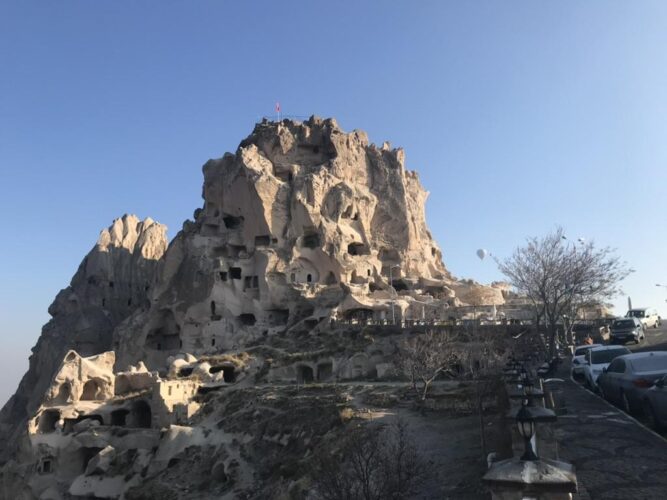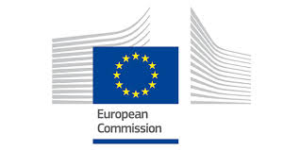The aim of PÜSKÜRÜM project (MSCA- grant agreement No 101024337 based at Sapienza – University of Rome, Italy) is to reconstruct the recent eruptive history of the Central Anatolian Volcanic Province (CAVP).
The best way to understand “what” a volcano is able to do in a future eruption, is learning what it has done in the past, PÜSKÜRÜM investigation will improve the volcanic hazard assessment in central Turkey.
WHY PÜSKÜRÜM?
Explosive volcanic eruptions emit violently fragmented pyroclastic material into the atmosphere that deposit ash layers (tephra) over extensive areas, which can affect large populations and the environment. At the same time, these tephra layers constitute chronostratigraphic horizon markers (or isochrones) in a huge variety of sedimentary records (including paleoclimatic and archaeological sequences), so their correlation becomes crucial for synchronizing registers and for establishing how past explosive eruptions have affected a region and its occupants. Since the fine ash can be dispersed over thousands of kilometres, the only way to correlate tephra is by using the chemical composition of the volcanic glass.

Formation of the convecting column and mushroom-type cloud during an explosive eruption of the Calbuco Volcano.
View from Puerto Montt city, Chile, April 2015; Source link.
Model of the ash distribution through Central America during the first 5 days of the TBJ eruption from Ilopango Caldera, El Salvador. 431 CE; Smith et al., 2020; Click to view map.
White circles – Location of the main volcanoes in the Mediterranean region that have been active during the Quaternary.
Black circles – Archaeological sites
Black starts – Sedimentary records (black stars) where have been found tephra potentially from the Central Anatolian Volcanic Province (CAVP):
1-Black sea (Cullen et al., 2014; View here.
2-Romanian lakes (direct communication)
3-Phillipon basin (Wulf et al., 2018; View here.
4-Yammouneh basin (Develle et al., 2009; View here.
6-Sodmein cave (Barton et al., 2015; View here.
I: Kaletepe Deresi 3.
II: Yamburgaz Cave.
III: Karain Cave,
IV: Dursunlu
V: Latamne.
OBJECTIVES AND METHODOLOGY
The PÜSKÜRÜM project intends to distinguish and characterise proximal pyroclastic deposits within the Central Anatolian Volcanic Province (CAVP), basically by geological mapping, sampling, description and stratigraphic logging on the field, and by glass chemical analyses (EMP and LA-ICP-MS) and geochronological dating (14C, 234U/ 230Th and 40Ar/39Ar) in laboratory. This work is necessary to identify the different and large explosive eruptions produced recently in central Turkey (i.e., from middle Pleistocene to Holocene). The main objective of PÜSKÜRÜM is to reconstruct the eruptive history of the actives Acigöl caldera, Hasandağ and Erciyes stratovolcanoes, which are the largest and most dangerous volcanic structures of the CAVP. A complete catalogue of past eruptions (including magnitude, style and frequency) is essential to improve the volcanic hazard assessment in the region and to better prepare the population in case of future eruptions.
At the same time, PÜSKÜRÜM results (including the chemical database) will help to complete the gap in the tephrostratigraphic framework of the easternmost part of Europe, and allow the synchronization of sedimentary records by distal tephrochronologic correlations (including paleoenvironmental and paleoclimatic registers, and archaeologic sites).
EXPECTED OUTCOMES
Completing the tephrostratigraphy and reconstruction of the explosive volcanic history of Hasandağ, including modelling of Belbashani Pumice eruption (2 Research papers).
Reconstruction of the Acigöl caldera collapse mechanism: the source of the most recent Cappadocian widespread ignimbrites (1 Research paper)
Reconstruction of the Holocene explosive eruption of Erciyes volcano: the Karagüllü, Perikartin and Dikkartin pyroclastic deposits (1 Research papers)
Chemical database of CAVP pyroclastic deposits (open access data repository)
FUNDERS
The PÜSKÜRÜM project has received funding from the European Union’s Horizon 2020 research and innovation programme, MSCA- grant agreement No 101024337.
HOST INSTITUTION
Principal investigators (PI): Dr. Ivan Sunyé Puchol and Prof. Silvio Mollo.























